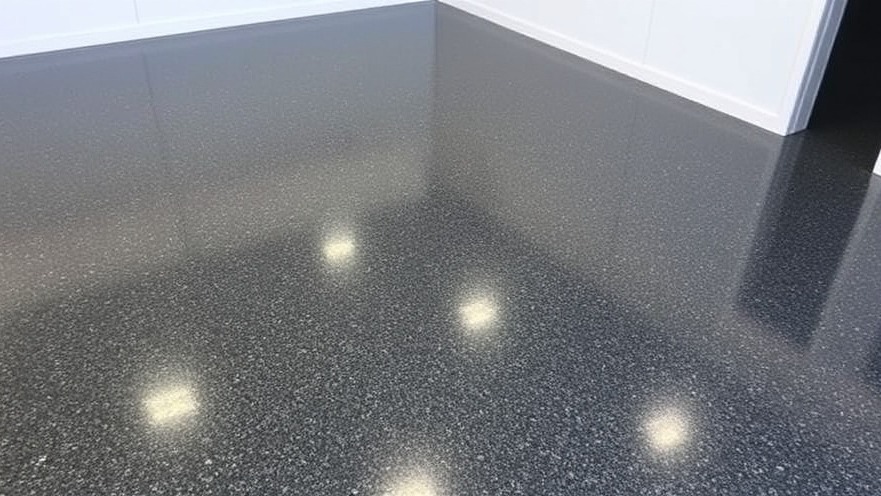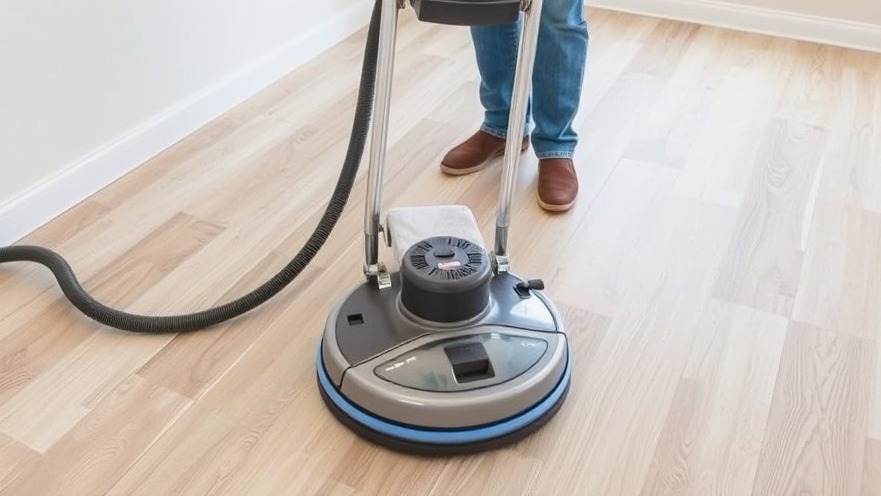Introduction
Surface chemistry in flooring encompasses molecular interactions, performance characteristics, and critical health considerations. Understanding both the chemical composition and potential toxicity of flooring materials is essential for creating and maintaining safe, sustainable indoor environments.
Ceramic and Porcelain Tiles
Ceramic and porcelain tiles demonstrate excellent chemical stability, with a silicate mineral structure featuring aluminum and silicon oxides. While historical manufacturing processes raised concerns about heavy metal content, modern production has significantly mitigated these risks. Strategies to migitate toxicity include:

Selecting tiles from manufacturers with rigorous heavy metal testing
Using sealed grout to prevent potential chemical leaching
Choosing tiles with third-party environmental certifications
Vinyl Flooring
Vinyl flooring's polyvinyl chloride (PVC) polymer network historically presented significant toxicity challenges. Phthalate plasticizers and volatile organic compounds (VOCs) can potentially cause long-term health risks. Strategies to migitate toxicity include:
Selecting phthalate-free and low-VOC vinyl alternatives
Ensuring thorough ventilation during and after installation
Using activated carbon air purification to reduce chemical off-gassing
-
Replacing older vinyl installations with modern, low-toxicity options

Hardwood Flooring
Natural hardwood surfaces, composed of cellulose and lignin, interact dynamically with surface treatments. Traditional sealants containing formaldehyde-based resins can introduce chemical risks. Recommended mitigation strategies include:
Choosing water-based, low-VOC wood finishes
Implementing natural oil-based sealants with minimal chemical additives
Selecting wood from sustainably managed sources
Allowing adequate off-gassing time before full occupation
Concrete Flooring
Concrete's calcium silicate hydrate structure presents unique chemical interactions and potential toxicity concerns. Surface treatments and sealants can introduce volatile compounds. Mitigation techniques involve:

Using water-based, low-VOC concrete sealers
Applying silicate-based penetrating sealers
Implementing moisture barrier systems
Conducting periodic indoor air quality assessments
Epoxy Flooring
Epoxy resin systems, characterized by cross-linked molecular structures, can generate significant chemical emissions during installation. Advanced toxicity reduction strategies include:
Selecting 100% solids or water-based epoxy systems
Engaging professional installers following strict safety protocols
Ensuring extended curing times in well-ventilated environments
-
Conducting post-installation air quality testing

Maintenance Strategies
Effective floor maintenance requires understanding the unique molecular composition and surface chemistry of each material. Proper care preserves both the aesthetic and functional properties of flooring while minimizing potential chemical degradation.
Ceramic and Porcelain Tiles
Use pH-neutral cleaners to prevent surface etching
Avoid acidic or highly alkaline solutions that can compromise mineral structure
Seal grout lines periodically to prevent chemical penetration
Utilize microfiber cleaning tools to minimize surface abrasion
Vinyl Flooring
-
Clean with specialized vinyl floor cleaners that maintain polymer integrity

Avoid petroleum-based cleaning agents that can break down surface polymers
Use soft, non-abrasive cleaning tools
Apply periodic protective coatings to restore surface molecular bonds
Maintain consistent indoor humidity to prevent material expansion and contraction
Hardwood Flooring
Use wood-specific pH-neutral cleaning solutions
Avoid water saturation that can compromise cellular structure
Apply protective treatments that reinforce natural lignin and cellulose bonds
Implement periodic professional refinishing to restore surface molecular integrity
Control indoor humidity between 35-55% to prevent molecular structural changes
Concrete Flooring

Use penetrating sealers to protect against chemical and moisture infiltration
Clean with pH-neutral, non-reactive solutions
Avoid harsh chemical cleaners that can disrupt surface mineralization
Reapply surface treatments every 2-3 years to maintain chemical resistance
Use soft cleaning tools to prevent surface abrasion
Epoxy Flooring
Clean with mild, non-solvent based cleaners
Avoid harsh chemicals that can break down cross-linked polymer networks
Implement routine professional maintenance to assess surface integrity
Use soft cleaning tools to prevent microscopic surface damage
Apply periodic protective coatings to maintain chemical resistance
Conclusion
Understanding and mitigating toxicity in flooring requires a holistic approach that considers molecular composition, manufacturing processes,ongoing environmental interactions and maintenance. Continuous technological improvements and informed material selection are key to creating safer indoor environments.

 Add
Add 
 Add Row
Add Row 
















Write A Comment